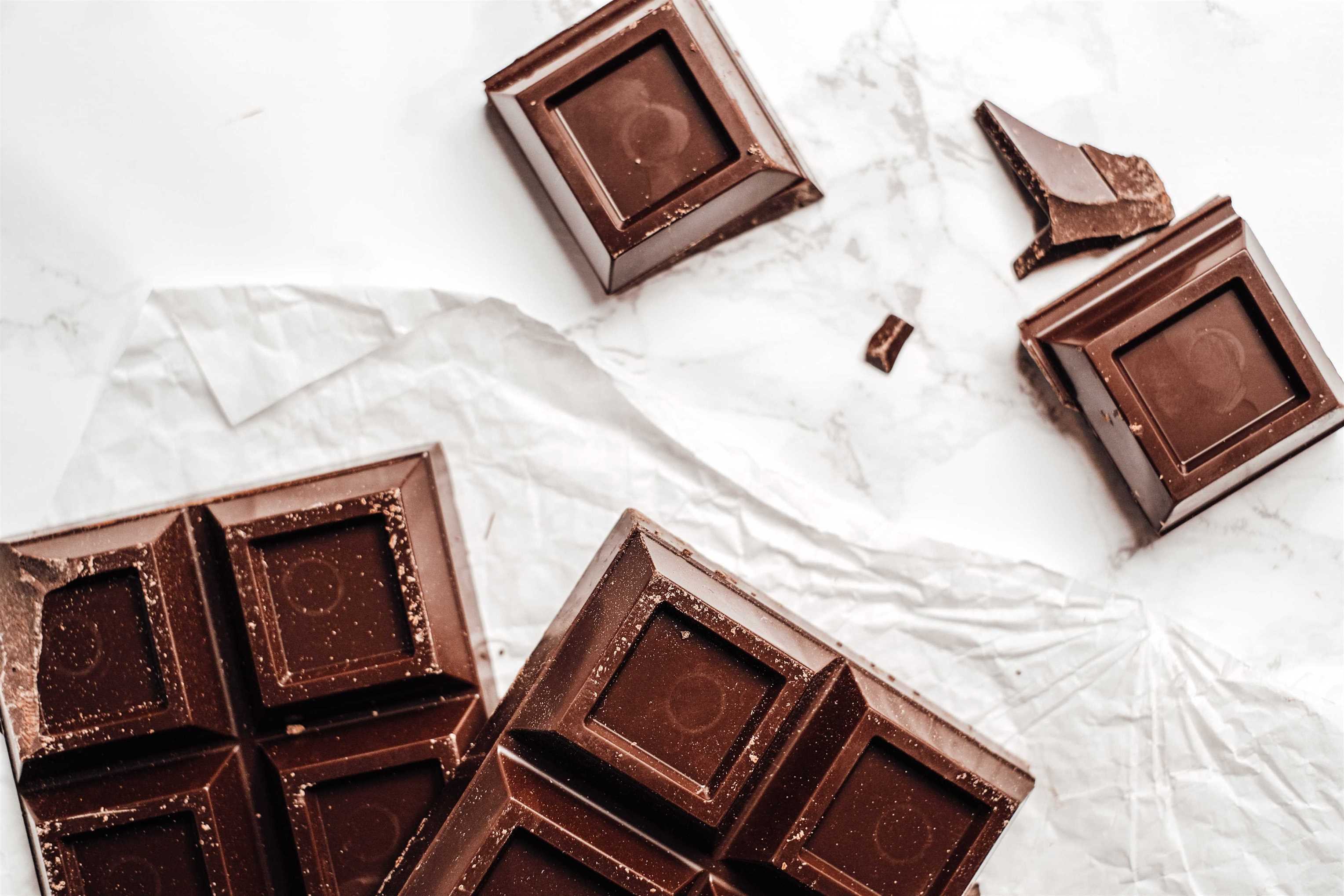Chocolate is a food product that is made from the seeds of the cacao tree (Theobroma cacao). The seeds, also known as cocoa beans, are roasted, ground, and processed into a paste called chocolate liquor. Chocolate liquor can then be further processed to make cocoa powder or chocolate.
Origins:
The name "chocolate" is believed to have originated from the Aztec word "xocolatl," which means "bitter water." The Aztecs and other Mesoamerican cultures used chocolate in their religious ceremonies and believed it had medicinal properties. They would prepare a bitter drink made from ground cocoa beans, chili peppers, and other spices, which they called xocolatl.
When the Spanish conquistadors arrived in Mesoamerica in the 16th century, they were introduced to this bitter drink. They brought cocoa beans back to Spain, where the drink became popular among the aristocracy. The Spanish added sugar and other flavorings to the drink, making it more palatable, and the drink eventually spread throughout Europe.
Over time, chocolate became a popular food product in its own right, and the name "chocolate" was used to refer to a variety of different products, including bars, drinks, and desserts. Today, chocolate is enjoyed around the world and is available in many different forms and flavors.
Chocolate is a beloved treat that has been enjoyed by people around the world for centuries. It's a delicious, versatile food that can be consumed in a variety of forms, from simple bars to complex desserts. In this blog post, we'll delve into the history, production, health benefits, and cultural significance of chocolate.
History:
Chocolate has a rich and complex history that spans centuries and continents. It is believed that the ancient Maya and Aztec cultures in Central and South America were the first to cultivate and consume chocolate. They believed it had magical and medicinal properties and used it in religious ceremonies and as a form of currency.
Chocolate arrived in Europe in the 16th century through Spanish explorers who brought cocoa beans back to Spain from their travels. Over time, chocolate became a luxury item that was enjoyed by royalty and the wealthy. It wasn't until the Industrial Revolution that chocolate became more widely available to the general public.
Production:
Chocolate is made from the seeds of the cocoa tree, which are fermented, dried, roasted, and then ground into a paste called chocolate liquor. This liquor can then be processed further to create cocoa powder or chocolate. The production process involves several steps, including grinding, mixing, conching, tempering, and molding.
There are three main types of chocolate: milk chocolate, dark chocolate, and white chocolate. Milk chocolate contains milk powder or condensed milk, giving it a creamy texture and a sweeter taste. Dark chocolate contains a higher percentage of cocoa solids and has a more bitter taste. White chocolate is made from cocoa butter, sugar, and milk solids and has a creamy texture and a mild flavor.
Health Benefits:
Chocolate has been found to have several health benefits when consumed in moderation. It contains flavanols, which are antioxidants that help protect the body against free radicals and reduce inflammation. Chocolate has also been linked to improved heart health, lower blood pressure, and a reduced risk of stroke.
Additionally, chocolate contains serotonin, a chemical that can improve mood and reduce stress. Eating chocolate has been found to increase feelings of happiness and well-being.
Cultural Significance:
Chocolate has played a significant role in many cultures throughout history. In Central and South America, it was used in religious ceremonies and as a form of currency. In Europe, chocolate was enjoyed by royalty and the wealthy and was considered a luxury item. Today, chocolate is enjoyed around the world and is a symbol of indulgence, celebration, and love.
Statistics About Chocolate:
| Statistic | Value |
|---|---|
| Annual global chocolate consumption | 7.7 million metric tons |
| Global chocolate market size (2021) | $135 billion |
| Average number of chocolate bars consumed per person in the US annually | 12.57 |
| Percentage of chocolate consumers who prefer milk chocolate | 59% |
| Number of cocoa farmers worldwide | Over 5 million |
| Percentage of cocoa production by top three countries (Côte d'Ivoire, Ghana, Indonesia) | 70% |
| Types of chocolate (milk, dark, white) | 3 |
| Percentage of chocolate consumers who eat chocolate at least once a week | 92% |
| Number of new chocolate products launched globally in 2021 | Over 5,000 |
| Estimated number of different flavor compounds in chocolate | Over 600 |
Conclusion:
Chocolate is a delicious and versatile food that has been enjoyed by people around the world for centuries. It has a rich and complex history, a fascinating production process, and several health benefits when consumed in moderation. Whether you prefer milk chocolate, dark chocolate, or white chocolate, there's no denying that chocolate is one of the world's most beloved treats.
Discover More
Most Viewed
Christmas is a season of joy, love, and traditions. And what better way to get into the holiday spirit than through timeless carols? These musical gems have been bringing people together for generations. Here’s our ranked list of the Top 10 Christmas Caro…
Read More















